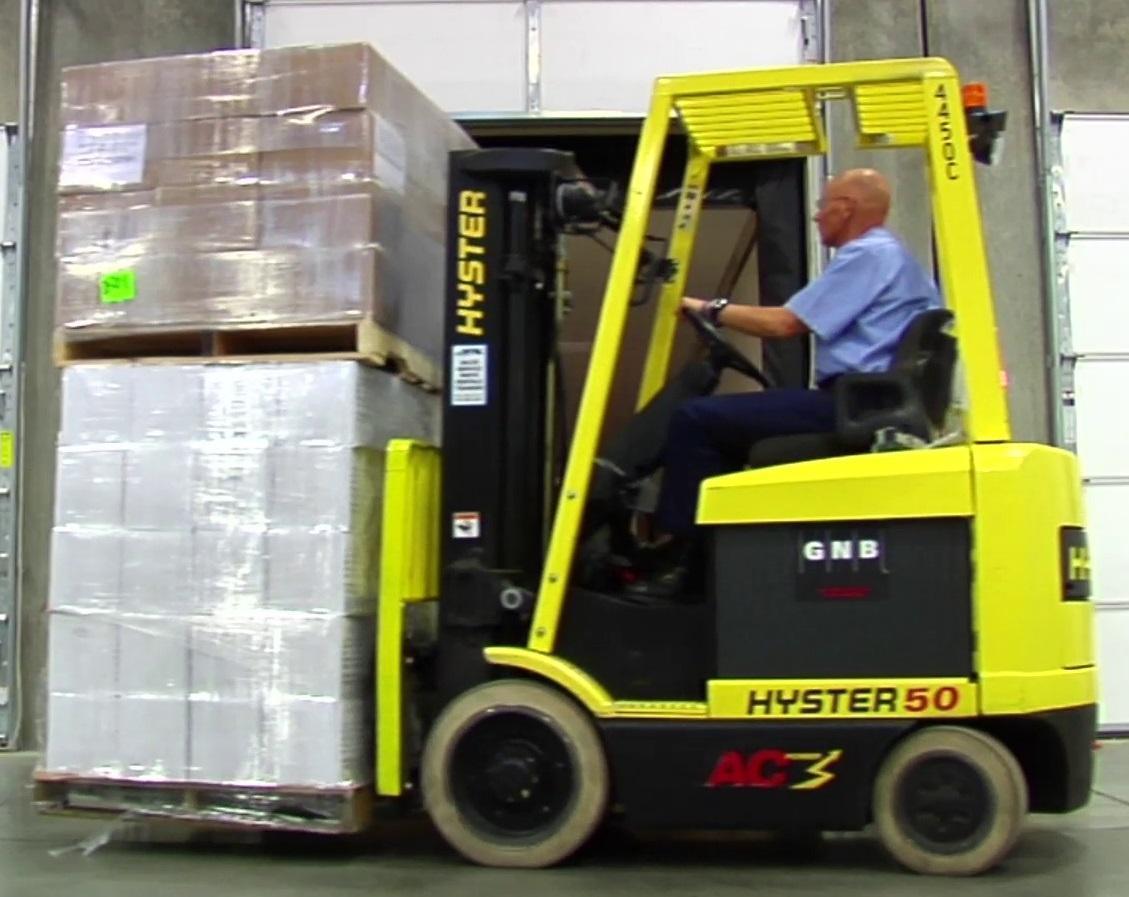Introduction
Forklifts are big machines that are used to move heavy loads around warehouses, construction sites, and other places. They can be dangerous if not used correctly. That’s why the government has set rules for how to train people to use them safely. This set of rules is called OSHA forklift training requirements.
Complying with OSHA regulations is important because it helps to keep people safe while they’re working. If a company doesn’t follow the rules, they can be fined or face other penalties.
One thing to know is that OSHA doesn’t certify training providers, which means they don’t say which companies or organizations are officially allowed to give forklift training. But, OSHA does have guidelines for what the training should include. This allows for the flexibility for the training providers to customize the training according to the facility and equipment used.
OSHA accepts online training, but also requires hands-on or practical training. This means that forklift operators need to learn the rules and procedures on a computer, but they also need to practice using a forklift in real life. This helps to ensure that they know how to use the forklift safely and correctly.
OSHA also requires forklift operators to retrain if they have an accident or near miss, if their performance indicates the need for additional training, or if there is a change in the workplace, equipment or operation that renders previous training obsolete. This is to ensure that the operator is always up-to-date with the latest safety information and regulations.
OSHA’s Forklift Training Requirements
The Occupational Safety and Health Administration (OSHA) sets regulations for forklift operator training to ensure that forklift operators are properly trained to use the equipment safely. These regulations apply to any employer who uses forklifts in the workplace. Under OSHA’s standard for powered industrial trucks, employers are required to ensure that each powered industrial truck operator is competent to operate a powered industrial truck safely.
The OSHA standards require that forklift operators be trained on the specific type of equipment they will be operating. The training should cover the topics such as the manufacturer’s recommendations, industry standards, and OSHA regulations. This includes the safe operation of the equipment, including the stability and load capacity of the vehicle, how to load and unload safely, how to maneuver in tight spaces safely, and how to properly maintain and inspect the equipment. OSHA also requires that the training should include hands-on or practical training in addition to the classroom training and or online training, to ensure that the operator is able to apply the knowledge and skills learned in the classroom to the real-world scenarios.
Furthermore, OSHA also requires that employers evaluate the performance of forklift operators at least once every three years, or more often if the employee has been involved in an accident or near-miss incident or if their performance indicates a need for additional training. Employers are also required to retrain operators when there is a change in workplace conditions or equipment, rendering previous training obsolete.
A link to OSHA’s web page on Forklifts can be found at the following URL:
Conclusion
OSHA’s forklift training requirements specify that employers must ensure that their forklift operators are properly trained and evaluated on the specific type of equipment they will be operating. The training should cover manufacturer recommendations, industry standards, and OSHA regulations, include both classroom and hands-on training, and evaluate operator performance at least once every three years. Additionally, retraining is required when there is a change in workplace conditions or equipment that makes previous training obsolete.


